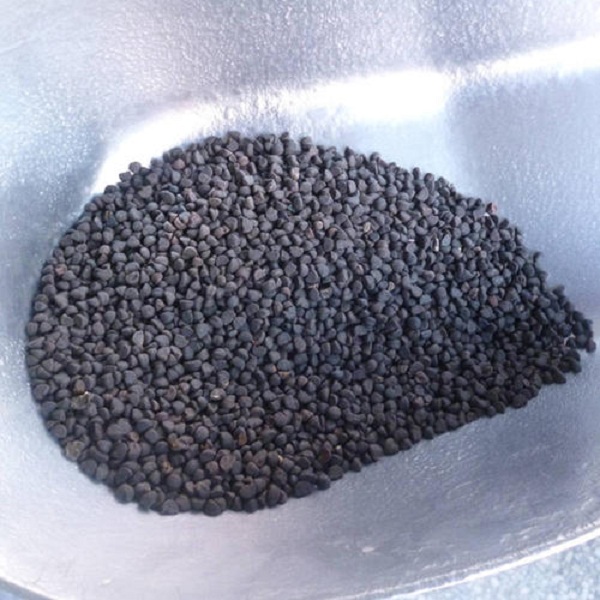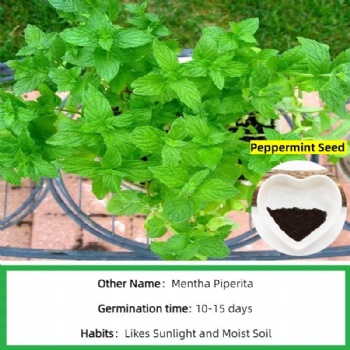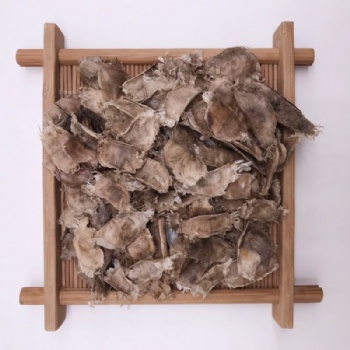News
Morning glory seeds
Morning Glory: A Delicate and Enchanting Flower
Morning glory, scientifically known as Ipomoea, is a captivating and widely - recognized flowering plant that belongs to the Convolvulaceae family. This family encompasses a vast number of species, with the common morning glory being one of the most well - loved.
Appearance
Morning glory flowers are a sight to behold. They typically have a funnel - shaped corolla, which can range in size from small, just a few centimeters across, to larger varieties that may reach up to 10 centimeters in diameter. The colors of morning glory flowers are incredibly diverse. One can find them in shades of deep blue, vivid purple, soft pink, pure white, and even bi - colored combinations. The petals are often smooth and have a delicate sheen, making them glisten in the sunlight. The center of the flower contains a cluster of stamens and a pistil, which are crucial for the plant's reproduction.
The leaves of the morning glory are also quite distinctive. They are usually heart - shaped or palmately lobed, with a smooth or slightly hairy texture. The vines of the morning glory are long, slender, and twining. They can grow rapidly, climbing up fences, trellises, and other supports with ease, using their tendrils to grip onto surfaces.

Growth Habits
Morning glories are annual plants in most regions, which means they complete their life cycle within one growing season. They are relatively easy to grow and are often favored by gardeners, both novice and experienced. These plants thrive in full sun, although they can tolerate some partial shade. They prefer well - drained soil with a good amount of organic matter.
Morning glory seeds are hard - coated. To improve germination rates, it is often recommended to scarify the seeds or soak them in water overnight before planting. Once planted, the seeds germinate quickly, usually within a few days to a week. The seedlings grow rapidly, sending out long vines that can cover large areas in a short period. The flowers of the morning glory typically open in the early morning, hence their name. They remain open throughout the day, but as the sun begins to set, they start to close, and by the next morning, new flowers will bloom.
Cultural Significance
Morning glories hold various cultural meanings in different parts of the world. In Japanese culture, the morning glory is highly regarded. It is often associated with the samurai, symbolizing the fleeting nature of life and the importance of seizing the moment, as the flowers open and close so quickly. Morning glories are also a popular subject in Japanese art, including paintings and textiles.
In Western cultures, morning glories are sometimes seen as a symbol of affection and love. Their bright and cheerful appearance makes them a common choice for garden decorations, and they are often used in floral arrangements to add a touch of color and charm.
In conclusion, the morning glory is not only a beautiful flower with its stunning appearance and unique growth habits but also a plant rich in cultural significance. Whether adorning a garden fence or inspiring artists, the morning glory continues to captivate people around the world.

How to Plant Morning Glory Seeds
Morning glories are beautiful, fast - growing flowers that can add a touch of charm to any garden or outdoor space. Here is a step - by - step guide on how to plant their seeds.
1. Seed Selection and Preparation
First, choose high - quality morning glory seeds. You can buy them from a local nursery or online. Morning glory seeds have a hard outer shell. To help with germination, you can nick the seeds gently with a file or soak them in warm water for 24 hours before planting. This process, called scarification, allows water to penetrate the seed coat more easily.
2. Choosing the Right Location
Morning glories love sunlight, so select a spot in your garden that gets at least 6 - 8 hours of direct sunlight each day. They can grow in various soil types, but well - drained, fertile soil is ideal. Prepare the soil by loosening it with a garden fork or tiller and adding some compost to improve its quality.
3. Planting the Seeds
Sow the seeds directly into the garden after the last frost date in your area. Dig small holes about 1/2 inch deep and place 2 - 3 seeds in each hole. Cover the seeds with soil and gently pat it down. Space the holes about 6 - 12 inches apart to give the plants enough room to spread as they grow.
4. Watering and Care
Water the newly planted seeds thoroughly. Keep the soil consistently moist but not waterlogged during the germination period, which usually takes about 5 - 10 days. Once the seedlings emerge, thin them out, leaving only the strongest one in each hole. As the plants grow, provide them with a support structure like a trellis or fence, as morning glories are vining plants and will climb. Fertilize the plants every few weeks with a balanced fertilizer to encourage healthy growth and abundant blooms.
If you have demands of the seeds, please feel free to contact me and we can talk about more details.
Categories
Contact Us
- +86-18055849900
- +86-18055849900
- admin@high-key.cn
- +86-18055849900




 售前客服
售前客服
